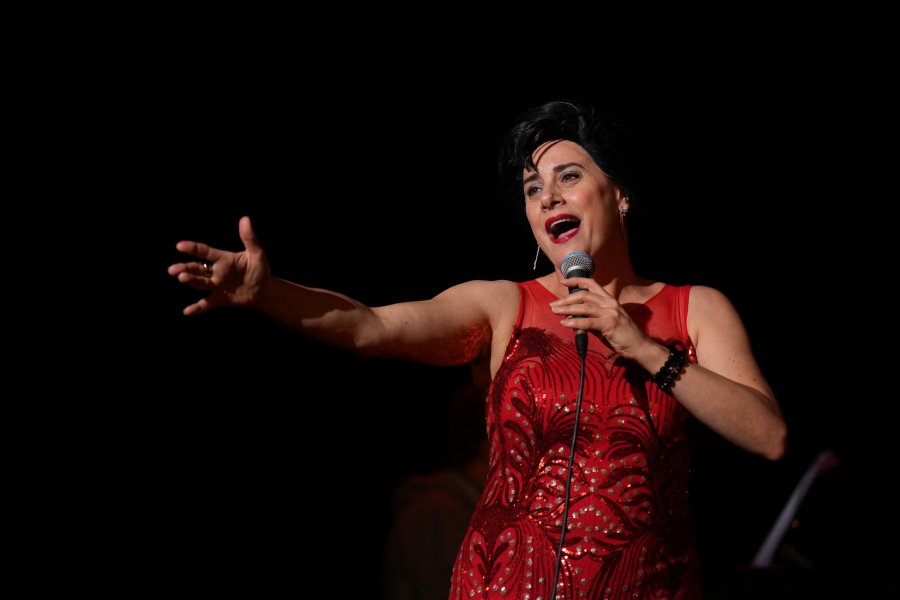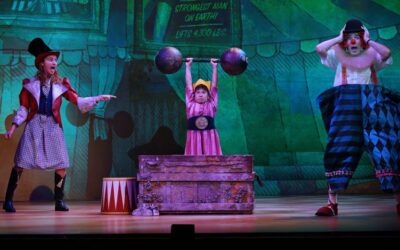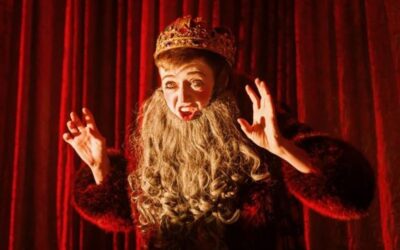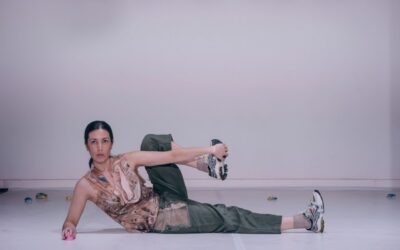By Nick Pilgrim
In my thirteen years as a critic, I have had the good fortune to experience a solid cross-section of tribute acts. Some of the more notable examples include:
- Blue – The Songs of Joni Mitchell
- Dream Lover
- In Vogue – Songs By Madonna
- Late, Late At Night
- Joey Arias – Arias On Holliday
- Peter Allen – Live In Inverted Commas
- Piaf and Aznavour – Songs From The Pavement
- Songbird
- The Show Goes On
- The Sound Of Falling Stars
- The Whitney Houston Show
- We’ve Only Just Begun – The Music Of The Carpenters
Whether they were conventional concerts dedicated to well-known artists such as Peter Allen and Whitney Houston, or powerful stories influenced and driven by their music, made for compelling viewing on either front.
That my very first review in 2010 detailed one local musician’s love for Judy Garland (My Judy Journals), this connection whether by happenstance or design takes my latest write-up full circle.
Last year celebrated the one hundredth anniversary of Garland’s birth. One of the top entertainers of her generation, her legacy continues to this day with a back catalogue of classic motion pictures including Babes In Arms, The Wizard Of Oz, Meet Me In St. Louis, Easter Parade, and A Star Is Born.
However, Garland’s second act as a live performer confirmed her legendary status. Packing venues across North America and Europe, the diminutive singer thrilled hardcore fans with her witty banter and distinctive vocal style.
Strong photographic evidence illustrates how audiences would often crowd the footlights. Doing what they could to get closer to the star, Garland gave everything and more in return.
One concert at Carnegie Hall in New York City is considered the pinnacle of her career. Recorded live in 1961, the evening featured songs from her extensive motion picture library as well as popular standards she made her own.
There is also a darker side to Garland’s professional and personal history which is equally well-known. The boot camp nature of her film output in Hollywood, triggering a lifetime of drug and alcohol abuse, gained the star a reputation for being difficult and unreliable. Whether by choice or from financial strain, many was the time she had to be pushed into performing. The constant grind of touring, to be fair, left her feeling irritable and exhausted.
Judy – Australia – 1964 recounts one particularly volatile and ugly episode. Garland’s antics down under in fact, made newspaper headlines around the world. Foreshadowing the remainder of her life, this two-week snapshot became the turning point from which her reputation (and psyche) never fully recovered.
It should be noted this time frame has been peripherally addressed by two previous pieces, The Boy From Oz (a biographical musical about the late Peter Allen), and the mini-series, Me & My Shadows (about Garland’s rise and fall seen through the eyes of her daughter, Lorna Luft).
As detailed in a preview article by Theatre Matters’ own Kris Weber, this historic journey is the brainchild of writer, Bill Farr. Created as a show within a show, excerpts from Garland’s triumphant pair of concerts in Sydney and the disastrous one which followed in Melbourne, are recreated on stage at the National Theatre in St. Kilda.
Hosted and narrated by Harry M. Miller (played by the veteran musical theatre talent, Matt Hetherington), he was the agent who signed Garland up for her Australian tour. Splicing the experience with anecdotes and fast facts about his interactions with the star, Judy – Australia – 1964 presents its cautionary tale with equal doses of wonder and heartbreak.
Further to Hetherington’s polished charisma, is the production’s breakout choice as the star herself. Prior to Saturday’s show, I was relatively unfamiliar with the talented Nina Ferro. An established jazz singer, she is an award-winning vocalist, performer, and songwriter. Like Garland she is also known for owning powerhouse pipes, earning legions of fans both in Australia and around the world.
Ferro brings Garland’s inimitable vocal stylings, bawdy presence, and brittle personality front and centre, which makes for an unforgettable two hours. Directed with focus and flair by Lauren Mckinnon, Farr’s writing strikes a sensitive balance between showing and telling.
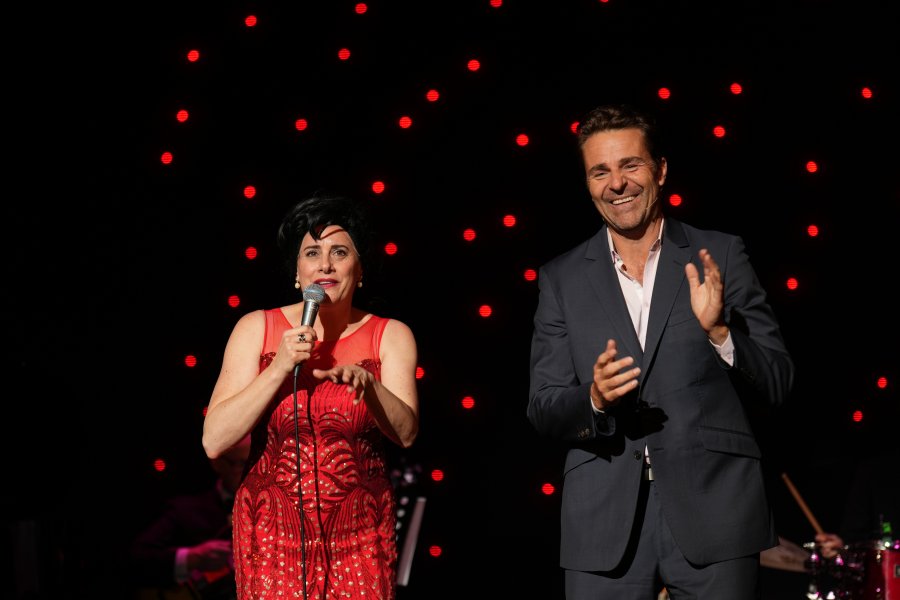
Meaning, viewers are informed about the star’s worst excess (such as hating both stadiums where she played along with having her medication confiscated while she was in Australia) but saves us from completely seeing it for ourselves. Instead, we get to experience what was the poignant magic of Garland. Neither Ferro and Hetherington disappoint and leave us begging for more. First rate sound design, staging and lighting, draw viewers up close and personal as well.
Backed by a dynamic seven-piece big band conducted by musical director Phillipa Edwards (with musical arrangements by Steve Semmler-Farr), Ferro (and Hetherington) present the best and brightest of Garland’s signature tunes. In no particular order these songs include:
- By Myself
- Smile
- Somewhere Over The Rainbow
- The Man That Got Away
- The Trolley Song
- This Can’t Be Love
- When You’re Smiling
As a special touch, the pair shared the spotlight in an encore which cemented the overall experience’s lightning in a bottle.
Presented as part of this year’s Midsumma Festival calendar, a quick scan of the audience provided me with insight into Garland’s ongoing appeal. A champion for LGBTQI+ rights, there were viewers of every age at the National Theatre over the weekend as well.
Thanks to Judy – Australia – 1964, her legacy here will continue to live on.
Images: Ross Green

